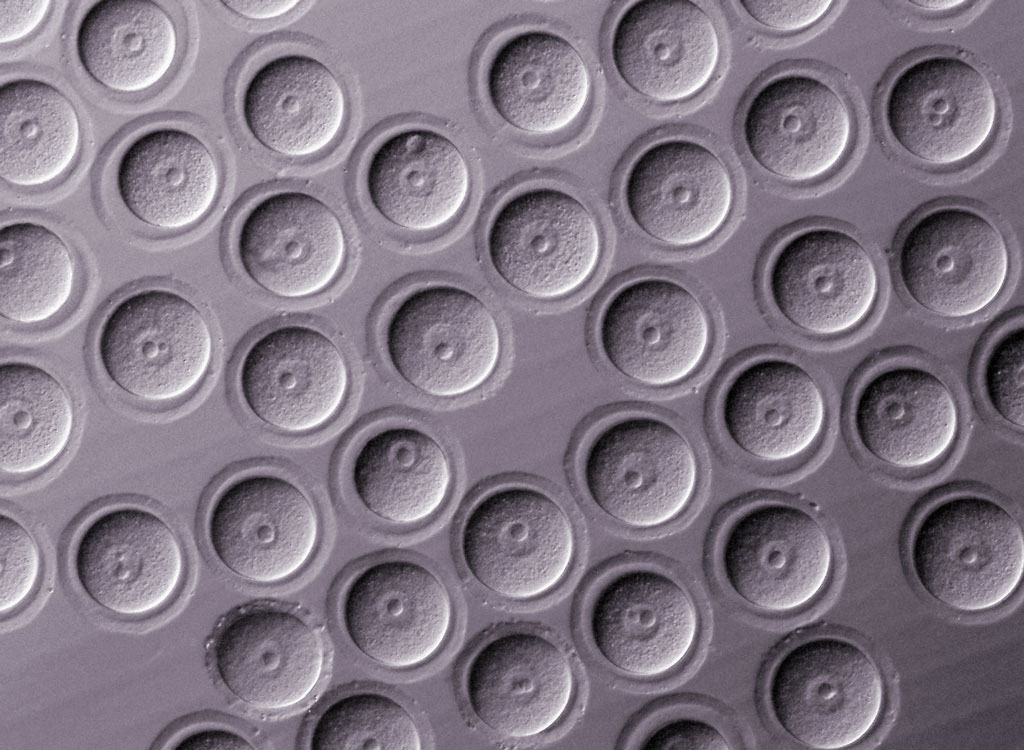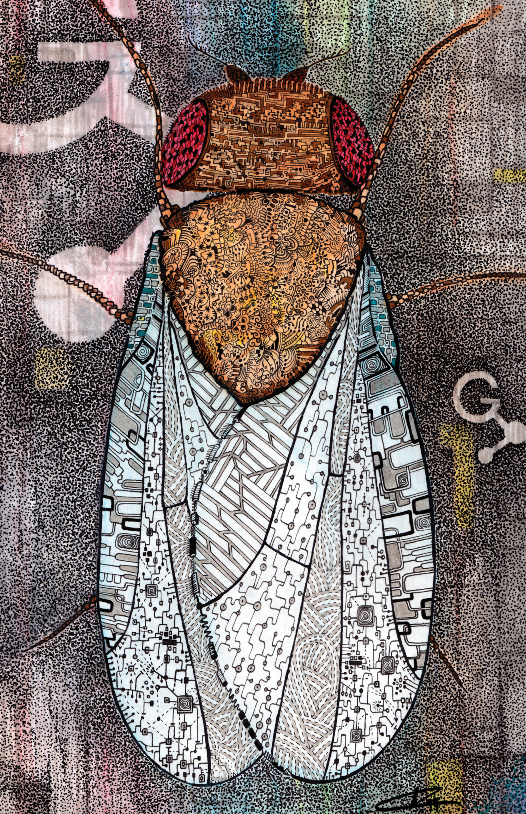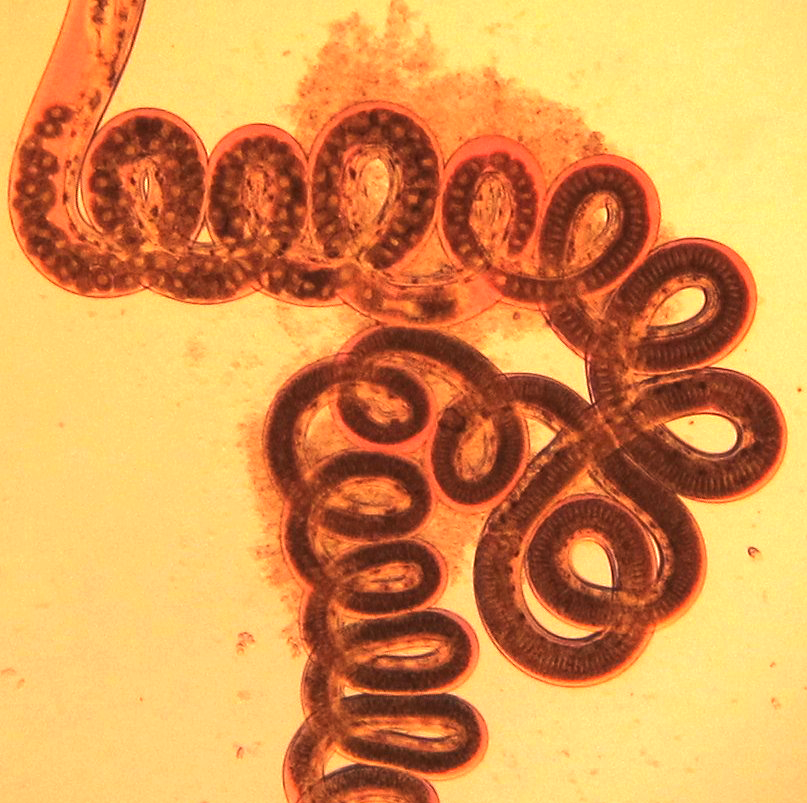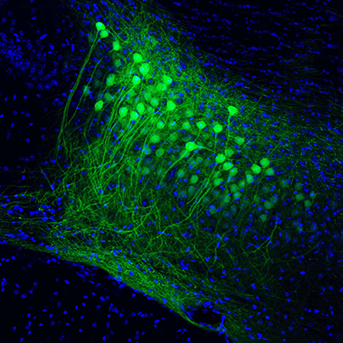Latest research animations
Self-assembly of spider silk
This gut microbe might protect against diabetes and reduce insulin resistance
NEW: One-way hydrogel guides motion of tiny worms!
Latest Posts
No Results Found
The page you requested could not be found. Try refining your search, or use the navigation above to locate the post.
No Results Found
The page you requested could not be found. Try refining your search, or use the navigation above to locate the post.
14

ּּּBigger oocytes = more mistakes
The large size of mouse oocytes is shown to create errors when chromosomes divide between daughter cells.
7

Superfly flight simulator helps unravel navigation in the brain
Optical imaging neural activity in flies as they use a flight simulator can help us understand how the brain codes navigation.
5

Skipping fatty acids could be recipe for schizophrenia
Prenatal lack of omega-3 and omega-6 fatty acids linked to epigenetic changes that lead to schizophrenic symptoms in mice.
21

A gut-wrenching defense against parasitic worms
18

Memory retrieval needs a neuronal connecting flight
Scientists use optogenetics to discover a part of the brain necessary for retrieving memories of personal experiences.
10

